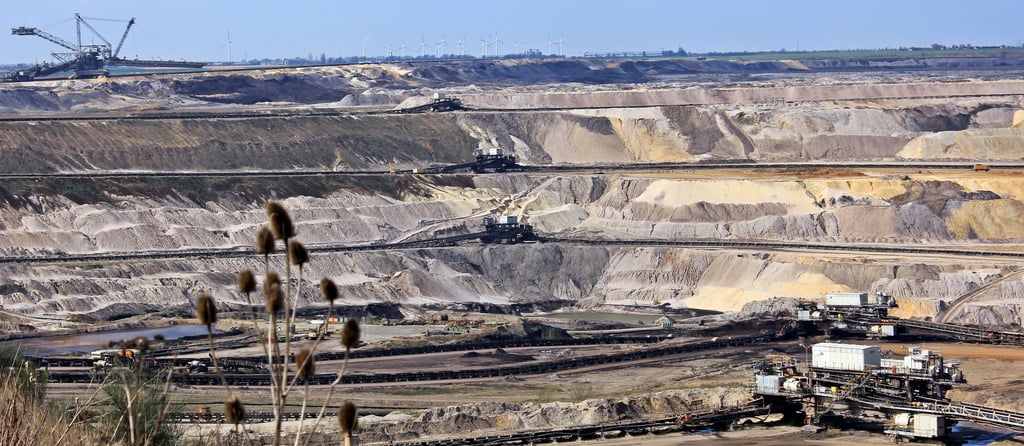Over the last decade, the issue of sustainability has been propelled into focus. Increasingly, the public is demanding a higher environmental and social conscious from corporations, putting their business practices at the center of the debate. In an effort to preserve and improve their public image, organizations are adopting practices that give a higher priority to the health and wellbeing of workers. After all, an organization cannot be sustainable or ethically conscious if its employees are unsafe on the job site.
With a direct impact on a company’s enterprise risk and financial viability, overseeing occupational health and safety should be a critical board-level function. Worker health and safety has traditionally been looked at in isolation; however, for it to have a meaningful impact on reducing on-site risk, it’s imperative to integrate it with the broader company culture and governance structure.
Board’s Responsibility
Boards play a central role in ensuring the organization adheres to its long-term goals and acts in the best interests of its shareholders. Effective oversight by board members acts as a checks-and-balance on senior management and ensures the organization is properly identifying and managing its risk. In addition to fulfilling their fiduciary obligations, the pressure on board members to demonstrate a commitment to worker health and safety is growing rapidly.
Boards can even be held personally liable for workplace injuries. Workers, contractors, and even subcontractors can successfully litigate against board members and officers—creating a strong financial incentive to create safer workplaces. Boards members can be held criminally liable, required to pay severe penalties and fines, and can be mired in civil lawsuits, putting a drag on the company’s public profile.
Inaction and lack of proper governance at the board level can also result in long-term reputational damage.
The 2010 Deepwater Horizon incident killed 11 people and remains the largest oil spill in history.(1) BP was forced to pay $18.7 billion in fines,(2) and suffered immense lasting damage. The board had been aware of vulnerabilities, but failed to provide effective safety leadership from the top down—creating systematic weaknesses that led to major, repeat catastrophes, including at its Texas refineries. Without endorsement from the board, senior management had little incentive to implement effective safety practices. What prevailed was a culture of ‘savings over safety’.
In contrast, following the 1989 Exxon Valdez oil spill that fouled over 1,000 miles of coastline and cost the company billions, Exxon’s CEO named an environmentalist to its board, and the company implemented an Operations Integrity Management System (OIMS) in 1992.(2) OIMS applies not only to Exxon employees, but also contractors. With 11 unique ‘Elements’, the framework places the burden on both employees and contractors to “consistently recognize and proactively mitigate operational, procedural, and physical hazards.” OIMS goes beyond personal behaviours and actions, and expects workers and contractors to “routinely identify and eliminate” at-risk behaviours of their co-workers.(4)
In Canada, there are more than 100 statutes that impost liability on board members. These include the Human Rights Act, Employment Standards Act, the Employment Insurance, Act, and various provincial regulations, such as the Ontario Health and Safety Act of Ontario (OHSA).
The industrial sector, including construction, mining, manufacturing, and chemical processing, poses lethal hazards to workers. In these industries, while regulations can minimize safety risk through a legal mandate, it is more important to have a proactive, holistic, and forward-looking perspective on health and safety, one that is built on leading indicators of worker safety.(5)
Indicators Who Can Help Focus on Prevention
Whereas lagging indicators demonstrate failure of health and safety policies, and enumerate incidents that have already occurred, (e.g., lost-time injury rates, fatalities, visits from provincial authorities), leading indicators can give the board the opportunity to focus on prevention.
Leading indicators can include:
- Completion of safety audits at regular intervals
- Involvement of workers in all decisions that affect their health and safety
- Determining whether all workers are properly trained and in compliance with all regulations and requirements.
The most important leading indicators is whether the value and measurement of the health and safety of workers ranks alongside quarterly earnings reports. Unfortunately, very few organization have a board-led directive to systematically monitor the health and well-being of their workers, and report key indicators on a regular basis. Board members are ultimately there to help identify and minimize internal and external risk. But monitoring health and safety is generally not well-integrated into a smart risk-management framework.
Some of the key measures that should be incorporated into board-level reporting include:
- Reduction of lost time days per injury since last quarter
- Reduction in frequency of lost-time injuries
- Benchmarking company safety performance with comparable organizations
- Frequency of board meetings that focus on OHS
Health & Safety Leadership
In addition to these important, and quantifiable measurements, it’s also vital for board members to foster a culture of health and safety. This can be directly impacted by how board members and senior management view onsite injuries. If incidents are simply dismissed as part of the job, it is unlikely that a culture of health and safety will be established. If, however, board members state emphatically that injuries are unacceptable and avoidable, senior management is much more likely to adopt a safety-oriented mindset.
- http://www.nytimes.com/2010/08/03/us/03spill.html
- https://www.theguardian.com/environment/2015/jul/02/bp-will-pay-largest-environmental-fine-in-us-history-for-gulf-oil-spill
- http://corporate.exxonmobil.com/en/company/about-us/safety-and-health/operations-integrity-management-system
- http://www.ceohsnetwork.ca/resourcelink/whitepaper/integrating-health-and-safety-into-your-board-agenda/





